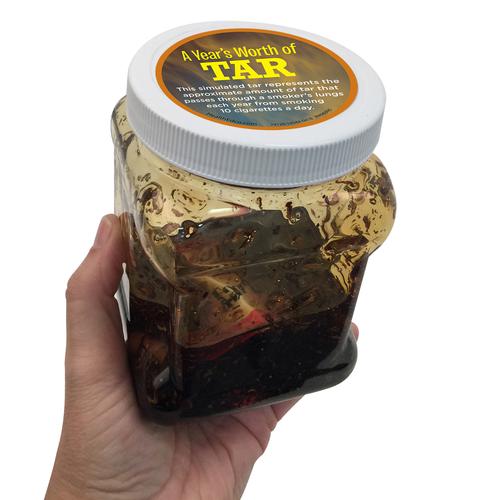- Cigarettes Tar And Nicotine Content Australia
- Cigarette Tar And Nicotine Chart 2018
- Cigarette Tar And Nicotine Chart By Brand
Nov 8, 1975 - 7 (AP) —The Government's latest cigarette tar and nicotine tests were released yesterday by the Federal Trade Commission. They show that. Is there a chart where we can find the Nicotine Level of a certain cigarette so that we can decide what nic level of. And from what I understand all cigarettes deliver about the same amount of nicotine whatever their tar level. I think the amount a cigarette delivers is 1mg, but it is taken up by the body far more quickly in smoke than in.
Cigarettes Tar And Nicotine Content Australia

E ditor—To try to reduce the harm caused by cigarette smoking, the European Commission established maximal values for tar (10 mg), nicotine (1 mg), and carbon monoxide (CO; 10 mg) per cigarette, as measured by the International Organization for Standardization (ISO) method, from 1 January 2004. The easiest way to reduce yields is by increasing filter ventilation, but this allows smokers easily to control the dose of smoke they can obtain, usually to facilitate increased intake from lower yield cigarettes., We compared yields and design features of 10 cigarette brands sold in the United Kingdom before and after the EC standard was implemented. Researchers at Roswell Park Cancer Institute performed analyses in September-October 2005. The 1999 brand versions had been stored unopened at room temperature since purchase; current versions were purchased in September 2005. Full details of methods and data are available on the web ().
Filter ventilation was assessed using a KC-3 digital apparatus (Borgwaldt-KC, Richmond, VA, USA) following a published protocol. ISO tar, nicotine, and CO yields were obtained from packs (1999 CO values are from LGC ). Wilcoxon tests assessed average changes across brands. The shows yields and filter ventilation for each brand. Originally rated at 11-13 mg tar (median 12 mg), all brands dropped to 10 mg tar (17% drop, P 0.45). Carbon monoxide yields also dropped significantly, from a median of 13 mg to 10 mg (P. ISO=International Organization for Standardization.
Vsphere client download for windows 10. X • Open Server Manager on the Windows system on which vCenter Server is running.
CO=carbon monoxide. NA=CO yields were not available in LGC report.
Cigarette Tar And Nicotine Chart 2018

Our findings indicate that manufacturers complied with the EC's recent mandated yield reduction primarily by increasing filter ventilation rates on cigarettes—a design feature that promotes compensatory smoking. The current “10-1-10” standard is therefore unlikely to reduce smoke exposure for smokers. The EC, while recognising the compensation problem, has said that it will not revise the standard until solid evidence shows that better methods exist.
Our data suggest that removing erroneous yields from packs and adopting alternative approaches to reducing the harmfulness of cigarettes, such as banning filter vents, seems warranted. However well intentioned the EC's effort to make cigarettes less harmful, focusing solely on the use of maximum yields has served to promote increased levels of filter ventilation, which is both ineffective and misleading. Notes Contributors: Susan Anderson provided the cigarettes for testing. Tammy Vance performed the cigarette measurements.
Cigarette Tar And Nicotine Chart By Brand
Funding: This work was performed under a Transdisciplinary Tobacco Use Research Center grant to Roswell Park Cancer Institute from the US National Institutes of Health (1 P50 CA111236). Competing interests: KMC and LTK have provided expert testimony in court cases against the tobacco industry.